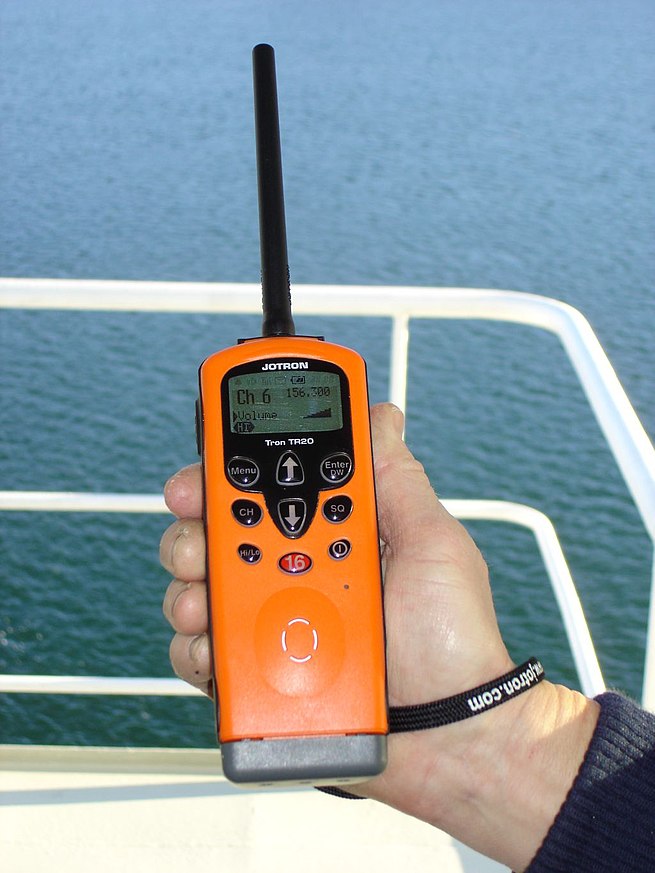
-
Wireless
Wireless communication — otherwise known as “over the air” —is the transfer of information or power between two or more points that are not connected by an electrical conductor. The most common wireless technologies use radio waves. With radio waves, intended distances can be short, such as a few meters for Bluetooth or as far as millions of kilometers for deep-space radio communications. It encompasses various types of fixed, mobile, and portable applications, including two-way radios, cellular telephones, personal digital assistants (PDAs), and wireless networking. Other examples of applications of radio wireless technology include GPS units, garage door openers, wireless computer mouse, keyboards and headsets, headphones, radio receivers, satellite television, broadcast television and cordless telephones. Somewhat less common methods of achieving wireless communications include the use of other electromagnetic wireless technologies, such as light, magnetic, or electric fields or the use of sound.
The term wireless has been used twice in communications history, with slightly different meaning. It was initially used from about 1890 for the first radio transmitting and receiving technology, as in wireless telegraphy, until the new word radio replaced it around 1920. The term was revived in the 1980s and 1990s mainly to distinguish digital devices that communicate without wires, such as the examples listed in the previous paragraph, from those that require wires or cables. This became its primary usage in the 2000s, due to the advent of technologies such as mobile broadband, Wi-Fi and Bluetooth.
Wireless operations permit services, such as mobile and interplanetary communications, that are impossible or impractical to implement with the use of wires. The term is commonly used in the telecommunications industry to refer to telecommunications systems (e.g. radio transmitters and receivers, remote controls, etc.) which use some form of energy (e.g. radio waves, acoustic energy,) to transfer information without the use of wires. Information is transferred in this manner over both short and long distances.
-
Cordless
The term cordless is generally used to refer to electrical or electronic devices that are powered by a battery or battery pack and can operate without a power cord or cable attached to an electrical outlet to provide mains power, allowing greater mobility.
The term “cordless” should not be confused with the term “wireless”, although it often is in common usage, possibly because some cordless devices (e.g., cordless telephones) are also wireless. The term “wireless” generally refers to devices that use some form of energy (e.g., radio waves, infrared, ultrasonic, etc.) to transfer information or commands over a distance without the use of communication wires, regardless of whether the device gets its power from a power cord or a battery. The term “portable” is an even more general term and, when referring to electrical and electronic devices, usually means devices which are totally self-contained (e.g., have built-in power supplies, have no base unit, etc.) and which may also use wireless technology.
-
Wireless (adjective)
Not having any wires.
-
Wireless (adjective)
Of or relating to communication without a wired connection, such as by radio waves.
-
Wireless (noun)
The medium of radio communication.
“Only about a hundred years ago, wireless was a new technology.”
-
Wireless (noun)
Wireless connectivity to a computer network.
“If your wireless stops working, try restarting the router.”
-
Wireless (noun)
A radio set.
“Let’s switch on the wireless and listen to the news.”
-
Wireless (verb)
To send a message by wireless (by radio)
-
Cordless (adjective)
Having no cord; especially using batteries instead of mains electricity
